Investable Opportunities to Stem the Tide of Ocean Plastic Pollution and Build a Circular Economy

With only 9% of the world’s plastics getting recycled and global plastics demand forecasted to triple by 2050, we’re in desperate need for tangible, investable solutions to avert a crisis. Where ten years ago, the urgent need to broach this subject was met with resistance, today the conditions are altogether different.
Across the globe, movements such as Break Free From Plastic and legislation like the EU’s Circular Economy Action Plan have galvanised the public. Shocking images of sea turtles maimed by straws or statistics about there being more plastic than fish in the sea by 2050 have struck a chord.
It’s clear we must rethink our current leaky, linear system and shift to something more circular. We need a system that’s consciously designed to use less materials in the production and delivery of products and that keeps materials in circulation at their highest value for as many generations as possible, if not infinitely. This way we can reduce our waste and our extraction of raw materials.
Sometimes plastic is the most appropriate material to serve a purpose, given its particular properties, other times it’s not. There is no silver bullet approach. We need to invest in both near term solutions and long term solutions with clear paths to scaling to tackle the problem of ocean plastic pollution and reduce overall environmental impacts.
The good news: we’re already seeing clear, investable solutions that can shift us in the right direction.
There are at least 60 technology providers developing transformational technologies that purify, decompose, or convert waste plastics into renewed raw materials in North America, representing a $47 billion opportunity in North America alone. Many of these technologies mean there is no limit to the number of times plastics can be recycled, thereby helping us to shape a more circular economy for plastics.
Other companies are exploring innovative new delivery models or alternative materials science. Their outputs could supersede the need for plastic packaging altogether, whether through vending machines that dispense exact amounts of product into reusable containers like Algramo, new feedstocks replacing styrofoam packaging like TemperPack or through hyper-compostable, edible straws made of sustainably harvested seaweed like Loliware.
Large banks and brands are getting on board too, recognizing the need for change. Institutions like Goldman Sachs, Citi, Comerica Bank and Engie have co-invested in our funds in order to catalyze the development of the circular economy.
If we’re to stem the tide of plastic pollution in our oceans, it’s critical that we invest across the value chain and in companies that are rethinking the system for a more sustainable future. With the current enabling conditions, from policy to consumer engagement, now is the time to do it.
This blog was inspired by the discussion in Confluence Philanthropy‘s webinar on Exploring Investor Solutions to Restore the Ocean, which I participated in with Mark Spalding, President of The Ocean Foundation, Conrad MacKerron, Senior Vice President of As You Sow, and Angela Howe, Legal Director of Surfrider Foundation.
Related posts

Blog Post
Materials Matter: Designing Reuse for the Real World
One of the most important design decisions for reuse...

Press Release
Closed Loop Partners Adds New Private Equity Managing...
Daniel Phan joins the circular economy-focused firm...
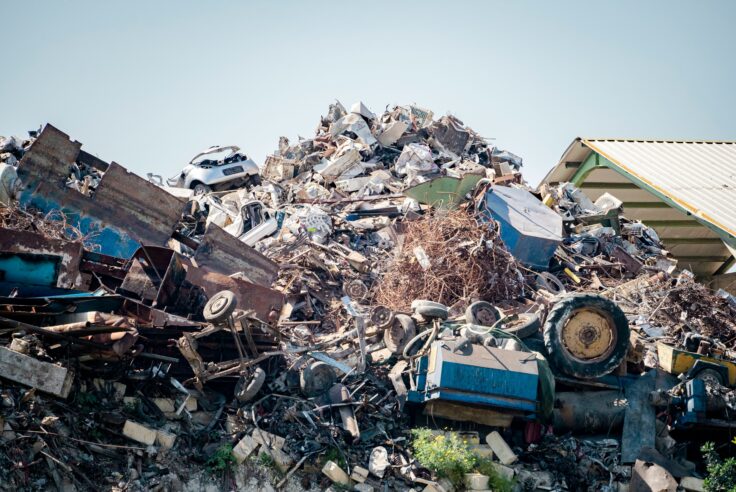
Blog Post
The Hidden Value of Scrap Metal: Why Local Recovery...
VALIS discusses circularity of metal processing, and...

Press Release
Closed Loop Partners’ Composting Consortium Launches...
The grant program for composters and communities comes...

Blog Post
How AI Can Reduce Food Waste at Restaurants
Closed Loop Ventures Group led the seed investment...

Press Release
New Data Reveals High Quantities of Food-Grade Polypropylene...
Closed Loop Partners’ Center for the Circular Economy...
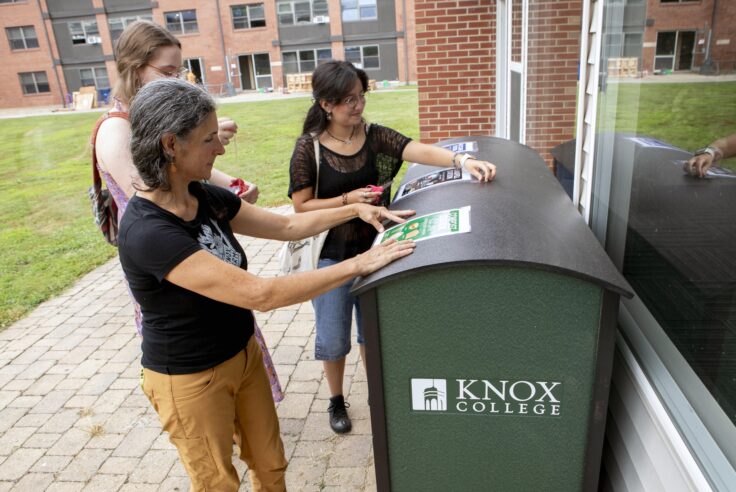
Blog Post
Keeping Compost Clean: Tools to Help Reduce Contamination...
The Composting Consortium interviews EcoProducts to...
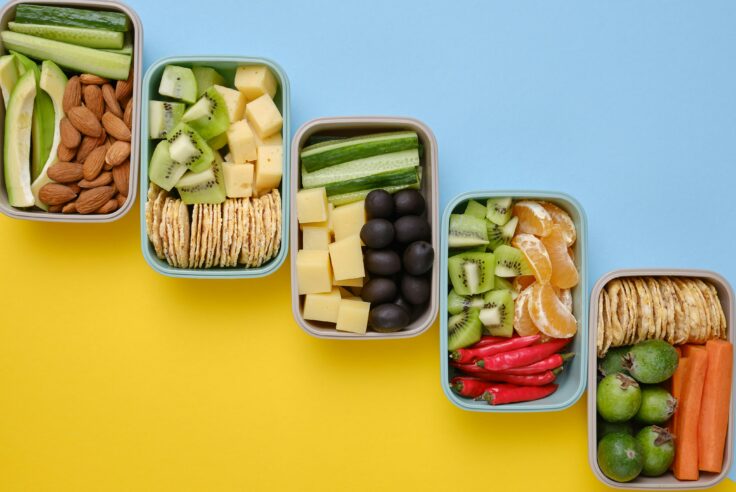
Press Release
Closed Loop Partners and U.S. Plastics Pact Identify...
Packaging types primed for reuse lay the groundwork...
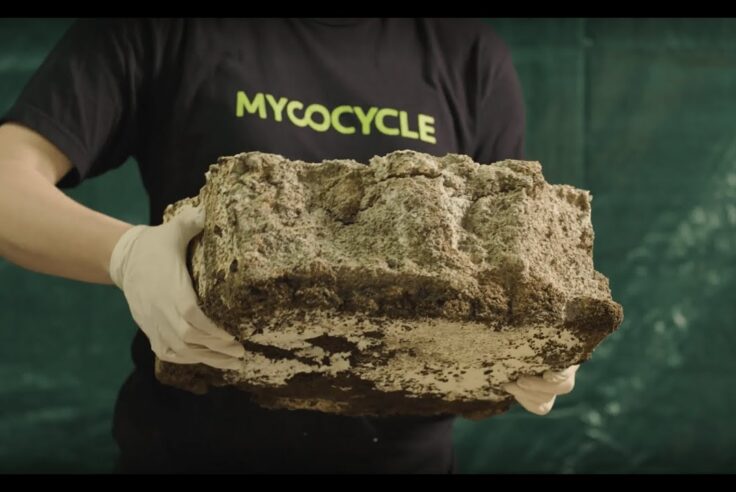
Blog Post
Why We Invested in Mycocycle: Nature-Inspired Circular...
Closed Loop Partners’ Ventures Group saw a key opportunity...
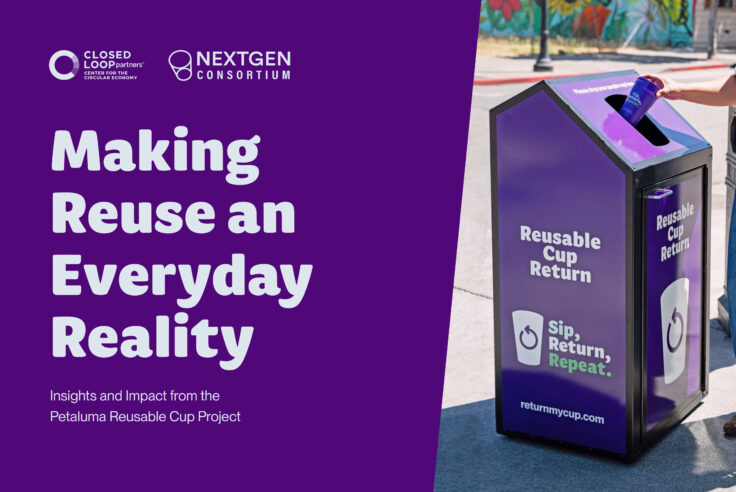
Press Release
Groundbreaking Results From Citywide Petaluma Reuse...
The Petaluma Reusable Cup Project from the NextGen...
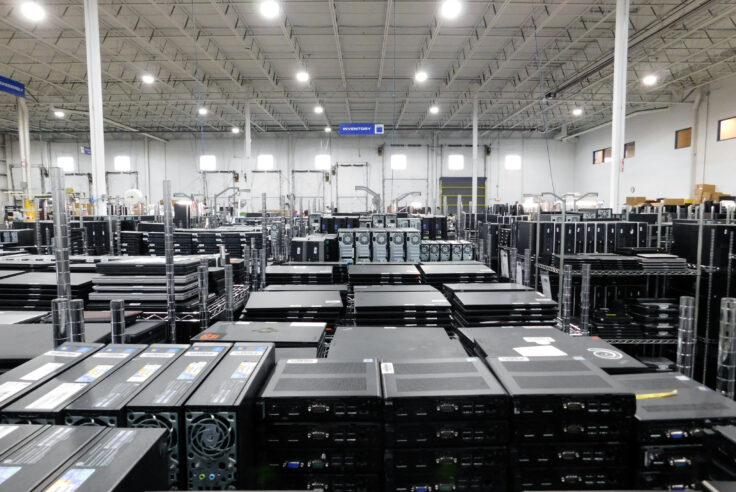
Press Release
Closed Loop Partners’ Portfolio Company, Sage Sustainable...
The bolt-on acquisition scales Sage’s end-to-end...

Press Release
Closed Loop Partners Unveils Groundbreaking Findings...
Closed Loop Partners’ Center for the Circular Economy...
